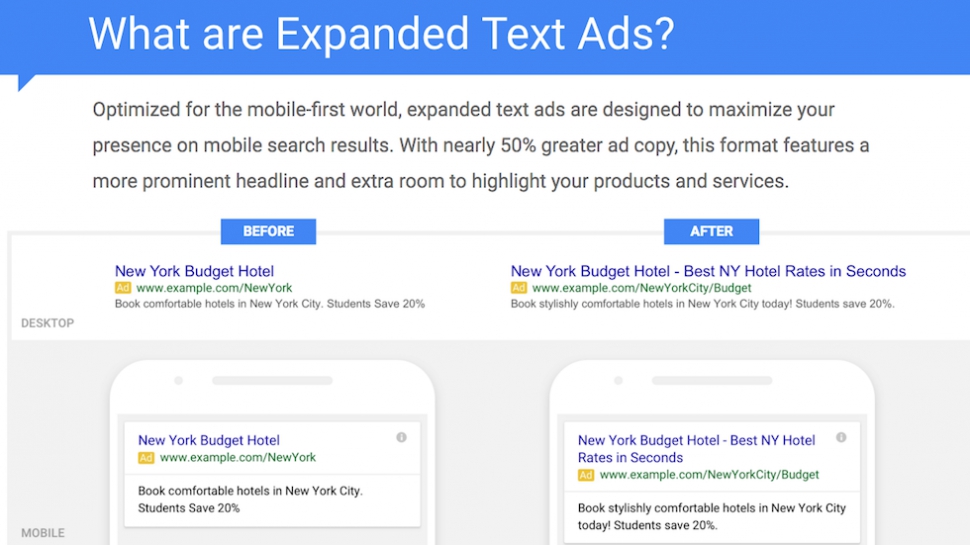4 Digital Marketing Trends You Should Invest In

Digital marketing is a term that is heading toward becoming obsolete as marketing technology and digital tools take a much more significant role for brands. Digital marketing skills are essential in order to achieve all of the things being asked of today’s marketing departments.
Staying abreast of digital marketing trends can be difficult with the current fast-paced landscape of martech. Not to mention, marketers need to be able to use their best judgment when determining how to prioritize investments in order to best leverage limited available budget.
Here are some digital marketing trends you should consider for investment in the near future to help stay ahead of the industry curve.
Video (No, Seriously.)

OK, who hasn’t heard this one by now? Video is the future of Marketing! It’s all about video!
Before your eyes roll and you scroll to the next item, stop for a moment. Consider your current video marketing strategy, what you’re currently doing, and whether you could still take it a step further.
Just take a look at some of these recent video marketing statistics:
- 53% of people want more video marketing to watch.
- Over half of worldwide marketing professionals point to video marketing as the type of content marketing that carries the highest ROI.
- By 2019, it’s estimated that video will account for 80% of online traffic.
- Embedding video in an email marketing campaign can increase click-through rate by 200-300%.
- Adding video to a Facebook post rather than just a photo can boost your organic reach by 135%.
Your options with video marketing are plentiful.
Adding video to web pages, including your blog pages, is a great enhancement to a content marketing strategy. That’s not only because it boosts organic reach of the page, but also because it provides your reader with an alternate way to consume your content. It also provides incentive to share engaging content if you allow for reposting or embedding of your videos on other sites or social channels.

What’s even better is that thanks to all the new digital marketing technology being released, there are a number of ways you can increase your video marketing production without having a dedicated video expert on your team.
There are also a growing number of places for you to host and distribute your video content. YouTube is one of the largest and most visited sites on the Internet. Wistia, Vimeo, Sprout, and Hippo Video all provide alternative business video marketing platforms that each have their own strengths.
And most of the major social media networks offer increasingly robust options to post videos that aren’t just a few seconds long.
Instagram just announced the development of a separate app dedicated entirely to video, IGTV. Videos posted there can be up to 10 minutes long and be in portrait orientation instead of horizontal.
With people desiring to consume more video and more places to post video, improving your video marketing strategy to be more creative, engaging, and prolific is more important than ever.
LIVE Video Streaming
It’s not just enough to have video available for your audience to watch on demand. Video marketing strategy should now include live video streaming on channels such as Facebook or Instagram.
Live video streaming is one of the fastest growing digital marketing trends. People spend 3 times longer watching live videos rather than pre-recorded ones on social media channels.
And live video is projected to increase to 13% of all online video traffic by 2021.
Live video content must complement, but not identically match, general video marketing strategy.
Hosting webinars via live video streaming platforms or making major company announcements to a live audience are two potential uses you could test. Not to mention, the live video can be saved and then delivered on demand afterward.
SEM Artificial Intelligence
One out of five workers performing mostly “non-routine functions” will rely on artificial intelligence by 2022 to take care of most of their tedious tasks, according to Gartner.
A recent survey by Salesforce identified marketing artificial intelligence as the largest area of potential growth when it comes to marketing technology in the opinion of 53% of survey respondents.
When it comes to marketing AI, there are a number of potential applications.
Among the most impactful is the support that marketing AI tools can provide for digital content creation and delivery.
Hyper-personalization is the ultimate goal, and marketing AI can be used a means to that end.
Imagine never having to guess at what the best content to develop would be. Imagine having your SEO and content marketing strategy decisions supported by machine learning data. The ideal content for your audience curated by marketing AI to give you more time to focus on other ways to optimize performance.

Think of Netflix.
The platform is one of the pre-eminent leaders in leveraging advanced algorithms for content personalization and delivery.
According to the Netflix team, they “don’t have one product but over 100 million different products with one for each of our members with personalized recommendations and personalized visuals.”
Artificial intelligence is becoming more capable of implementing accurate predictive analysis to do just the aforementioned tasks. Identifying the right content that will elicit positive responses from users is now a reality for AI systems.
To further support marketers, AI systems can configure all the ideal components for a highly successful SEM strategy – the right messaging, channels, times to deliver, bid management to help efficiently control spend.
One of the best examples of this is Google Ads. Recently introduced was responsive ads that take different headline and copy variants, test them, and determine the best combination to deliver for your PPC campaigns.
You can give the new Google Ads features a try for free, and then look to expand your investment by researching other available platforms for SEM automation.
Marketing Artificial Intelligence for Communication and Service
There are few areas of marketing that AI won’t help optimize in the future, but one of the largest areas that’s getting attention is communication.
I’m sure you’ve heard of chatbots and have possibly tested them out through a chat feature on your website.
According to HubSpot, a chatbot (or a bot in general) is “nothing more than a computer program that automates certain tasks, typically by chatting with a user through a conversational interface.”
Basically you give the bot some directions for how to interact with users of your website or app in set scenarios, and off it goes.
Bots can vastly improve your ability to digitally interact in ways that help solve problems for users more efficiently.
Recent research shows that over 7 in 10 consumers are willing to use a messaging app to chat with a brand, and about half are willing to perform digital purchases through a bot.
The important thing to remember when setting a bot in place is that they should serve the primary purpose of assisting users in accomplishing the goals they have in mind. They should absolutely not be spammy, invasive, or disruptive.
For more information on current digital marketing trends and how to leverage them, get in touch with me.



